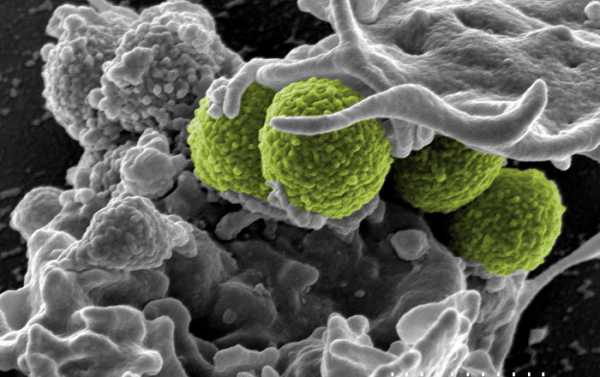
Scientists have drilled the seabed and sampled microorganisms in the subsurface to confirm that the Earth’s pristine depths are home to a whole new world – and its size is mind-boggling.
Researchers with Deep Carbon Observatory, a global scientific programme studying the role of carbon in our planet, announced on Monday the results of 10-year collaboration that examined the size of the world hidden deep beneath our feet. While some of the findings had been disclosed earlier, it is only now that they have been pieced together.
The research team discovered that living organisms can be found at a record depth of 5km under the continents and 10.5km under the seabed. This life constitutes what they called a “subterranean Galapagos” — an ecosystem holding some 70% of the world’s bacteria, including unusual and unknown creatures such as microbial life thriving at 121 degrees Celsius or “zombie bacteria”, which can reproduce or live for millions to tens of millions of years.
The subsurface biosphere spans up to 2.3 billion cubic km — this is almost twice the size of the world’s oceans, a report from the observatory says. The total mass of creatures living deep underground is estimated at 15-23 billion tonnes of carbon — 245 to 385 times greater than that of all humans.
The diversity of the subsurface bacteria could lead scientists to re-think the three-domain classification adopted in 1977, which divides cellular life forms into archaea, bacteria, and eukarya.
“Molecular studies raise the likelihood that microbial dark matter is much more diverse than what we currently know it to be, and the deepest branching lineages challenge the three-domain concept introduced by Carl Woese in 1977. Perhaps we are approaching a nexus where the earliest possible branching patterns might be accessible through deep life investigation”, said Mitch Sogin of the Marine Biological Laboratory Woods Hole.
According to Rick Colwell from Oregon State University, scientists are still scratching their heads over how the deep subsurface microorganisms and surface life affect each other. “For now, we can only marvel at the nature of the metabolisms that allow life to survive under the extremely impoverished and forbidding conditions for life in deep Earth”.
Sourse: sputniknews.com






